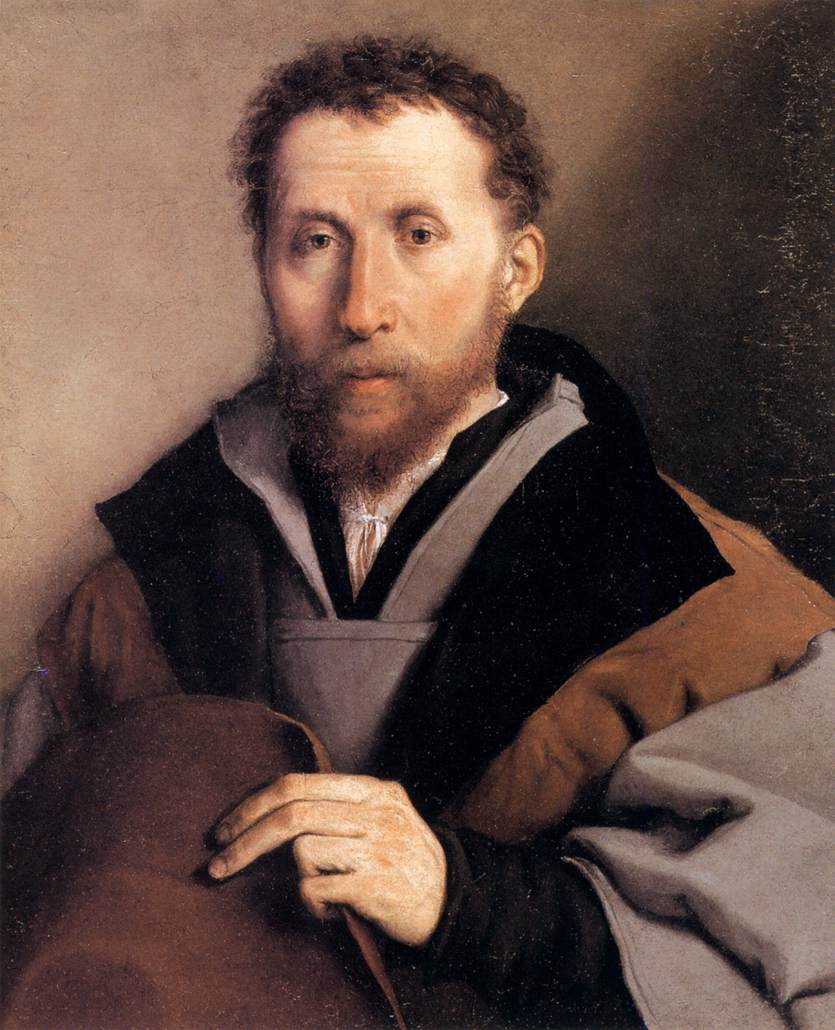Edward Burne-Jones | Tate Britain
I went into this large exhibition ready to write off Edward Burne-Jones as total kitsch. But he resists being dismissed. The show is full of annoying reminders of the artist’s great popularity - from the start - and the fact that he was an epic do-gooder. Rising to world fame from humble origins, unlike some of his fellow pre-Raphaelites, Burne-Jones went into business with Socialist paragon of virtue William Morris to produce mass-market wall-hangings, to go along with his paintings for rich patrons and collectors; he saw no distinction between fine and decorative art.
Burne-Jones’ popularity comes not just from the accessibility of his subjects, the pleasure of his colours, but from the fact he could be easily seen: from those Morris company tapestry reproductions, to his decision to display at Toynbee Hall - an institution that’s served the East End poor for well over a century - to the fact that so many of the works went to city art collections around the country. Though maybe that also points to his parochialism, given there are so few loans from overseas on the wall at the Tate Britain exhibition.

The sugar rush of his sumptuous use of colour, the huge scale of the canvases, and the heavy ornamentation triggered my gag reflex more than once. It was like being offered another quivering plate of Christmas trifle on an over-full stomach. Check out his Circe, above, from a private collection. She’s putting together a potion surrounded by plants, china, fruits, and a pair of curiously unthreatening panthers. Plus an ornamental throne. Plus there’s a whole seascape with some (ornamental) ships in the background. Too much!
His sexual politics were also gross. Circe’s not alone: there’s a lot of sexy women up to no good in his paintings. The depths of the sea, a work from the Harvard collection, features a busty mermaid dragging her mate down to the bottom of the ocean, casting a blank look of relish at the viewer. Here and elsewhere, Burne-Jones’ men tend to be steroidally hulking - Burne-Jones travelled to Italy, and was particularly taken by Michelangelo’s muscly, monumental figures. But there’s little of the vigour and life of that Renaissance genius here; often, Burne-Jones’ compositions are static and blocky. Look at how awkwardly Circe is leaning over her pot, as if stooping to keep inside the frame. She’ll put her back out in a minute.
Maybe it was all the Christmas food failing to settle, but some of the later rooms, such as the one featuring Burne-Jones’ Briar Rose series - a re-telling of Sleeping Beauty, in layers of chalk - seemed to woozily sway and swim, failing to catch the eye beyond all that colour, all that stuff.
Only in a room of portraits is the stuff cleared away. I can’t deny the emotional truth of his near-monochrome Portrait of Amy Gaskell from 1893. This sober, teenage girl, rumoured lover of the artist, is just beautiful. And I also can’t deny that Burne-Jones is still, if the packed rooms in Tate are any guide, massively popular.
Other highlights
If you want to see some proper Victorian kitsch, like Burne-Jones with extra Jesus and more fur, check out Landseer’s Monarch of the Glen at the National Gallery. And if you want some wall hangings that are, unlike Burne-Jones and Morris’, properly highbrow and non-accessible, try Anni Albers’ collection of samey Modernist wallhangings at Tate Modern. I didn’t get much out of either.
Both public museums have much better free shows currently on show, though. I was pretty flabbergasted by the loans brought in for Lorenzo Lotto: Portraits at the National Gallery - which together made the case for the artist’s stunning empathy and emotional intensity.

Check out Portrait of a man in a felt hat from 1541: a lower middle class man in his best clothes, looking shy - fingers nervously twitching on his hat brim, worry lines on his forehead. He could have been staring at me from the number 9 bus on the way back to the gallery that day.
Across the river at Tate, Magic Realism: Art in Weimar Germany is a fascinating survey of a country on the brink, with several names that were new to me: I loved Richard Biringer’s landscapes of the Krupp factory towers, and Jeanne Mammen’s unflinching but humorous portraits of gloomy rented rooms, and their down-at-heel tenants.
There weren’t many private galleries open in town this week, but I did see a (negligible) John Cage show and a major Robert Rauschenberg one at Thaddaeus Ropac. The latter featured the artist’s Spreads of the 70s and 80s.
Spreads are an extension of his Combines from a couple of decades earlier - where those “combined” reused street clutter in an utterly novel way, Spreads reuse Combines, displaying this clutter on paper via solvent transfer and acrylic.
I also saw Josephine Pryde: In Case my Mind is Changing at Simon Lee: some 3D printed sculptures and C-prints of photos of rock formations and forests.
Edward Burne-Jones is at Tate Britain (London). 24 October 2018 – 24 February 2019